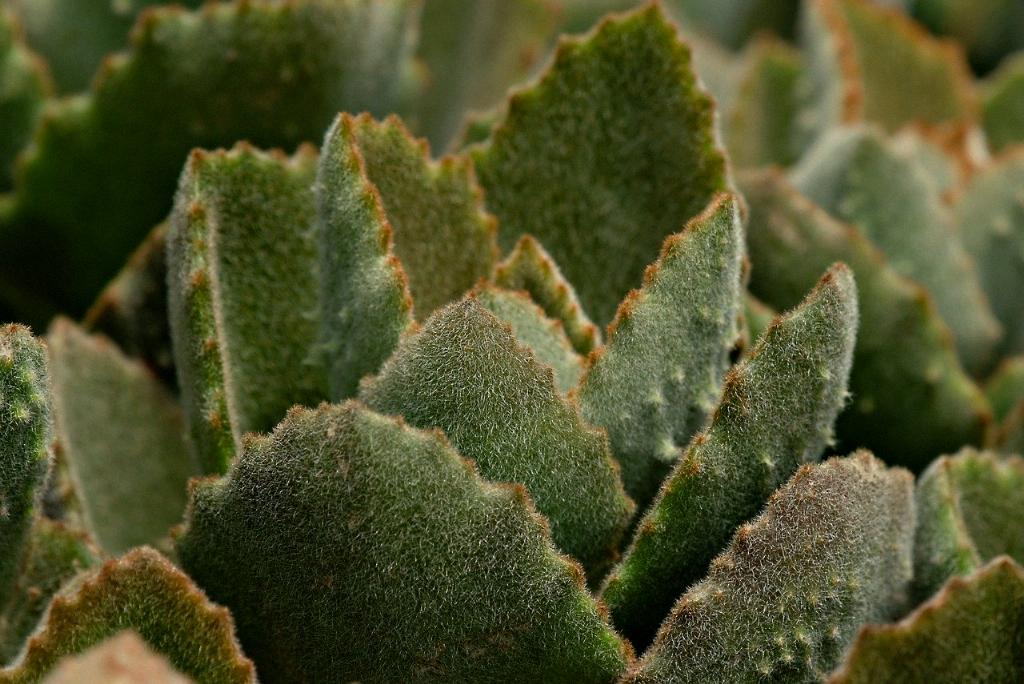Replanting succulents is a rewarding experience that allows you to rejuvenate your plants and promote their growth. Whether you’re moving them to a new pot or simply refreshing their soil, taking the time to replant your succulents properly can make all the difference in their overall health and vitality. In this guide, we’ll walk you through the steps to successfully transplant your beloved succulents.
Choose the Right Time
When it comes to replanting succulents, timing is key. It’s best to tackle this task in the spring or early summer when the plants are actively growing. Avoid replanting during the winter months when succulents are dormant, as this could disrupt their natural growth cycle.
Selecting the Ideal Container
When selecting a new pot for your succulent, opt for one that has drainage holes at the bottom to prevent waterlogging. Choose a container that is slightly larger than the current one to allow room for growth, but not too spacious as this can lead to overwatering.
Preparation and Repotting
Gently remove the succulent from its current pot, being careful not to damage the roots. Shake off excess soil and inspect the roots for any signs of rot or damage. Plant the succulent at the same depth it was originally grown, tamping new soil around it for support.
Allow for Adjustment
After repotting, it’s important to give your succulent some time to adjust to its new environment. Place the plant in a shady spot for a day or two to allow it to settle in before exposing it to direct sunlight. This will help prevent shock and promote smooth acclimatization.
Soil and Watering
Use a well-draining potting mix specifically formulated for succulents to provide the ideal growing conditions. Cover the soil with gravel or grit to help with drainage and prevent moisture-related issues. Allow the plants to dry out between waterings, as succulents prefer dry conditions.
Pruning and Maintenance
Inspect your succulents regularly for any signs of pests or disease, and promptly take care of any issues that arise. Prune dead or damaged leaves to encourage new growth and maintain the plant’s shape and appearance.
Light and Temperature
Place your succulents in a location where they can receive bright, indirect sunlight for several hours a day. Avoid placing them in direct sunlight for extended periods, as this can scorch their leaves. Maintain a consistent temperature range, ideally between 60°F to 80°F.
Fertilizing
Succulents have relatively low fertilizer needs, so it’s best to use a diluted, balanced fertilizer sparingly during the growing season. Apply fertilizer every few weeks to encourage healthy growth and vibrant colors.
Propagation
If you’re looking to expand your succulent collection, consider propagating your plants through leaf or stem cuttings. This is a fun and rewarding way to create new plants that will continue to thrive in your care.

Final Thoughts
Replanting succulents is a simple yet rewarding process that can breathe new life into your beloved plants. By following these steps and providing the proper care, you can ensure that your succulents will continue to prosper and bring beauty to your living space for years to come.
